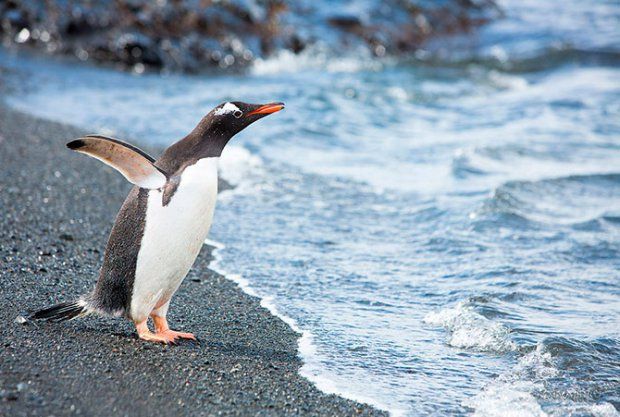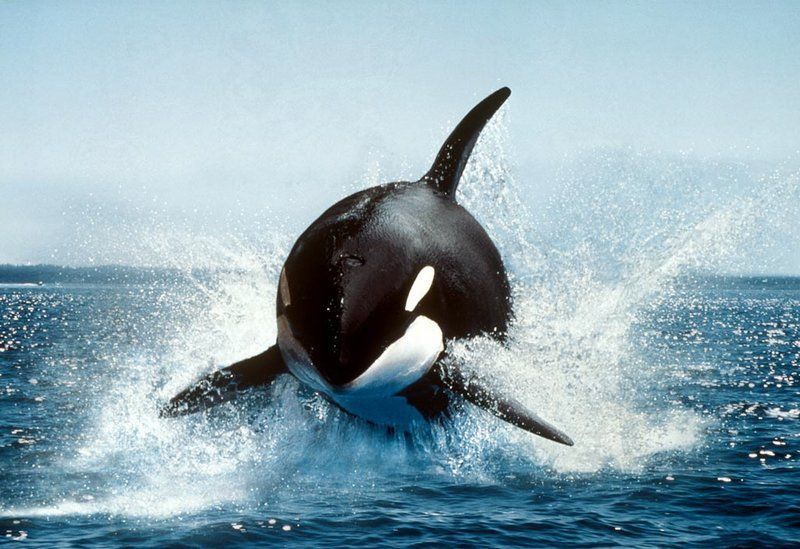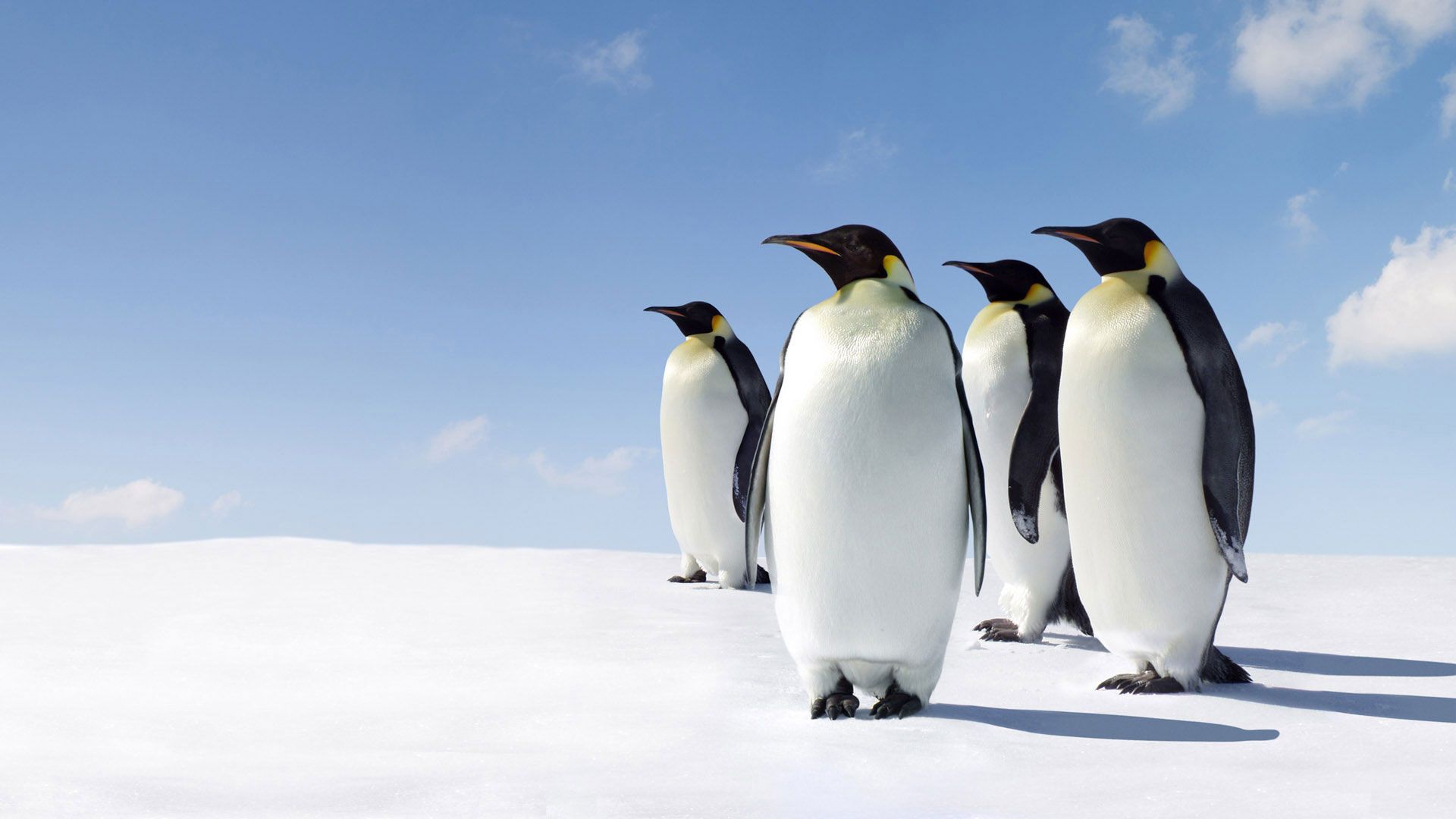Interesting facts from the life of animals
Fish are one of the most ancient vertebrates on the planet; they have lived on Earth for millions of years. During this time, all fish have adapted to life in different waters - fresh and salty, warm and cold, in deep and shallow water. Fish are huge and very small, of various colors, but they all have fins and a streamlined body shape so that they can live in water.
Bryzgun is a real champion in shooting among fish. It spits a stream of water into the air so powerfully and accurately that it knocks down insects sitting on the leaves of plants above the surface of the water. This feature allows him to eat. It aims so well that it can hit an insect flying at a height of 3 m from the water.
The mudskipper is a unique fish that can live both in water and on land! This fish is covered with a moist shell through which, like frogs, it can breathe. The mudskipper can be found in mangrove forests that grow half in water. With the help of fins, it climbs onto branches and then attaches itself to them with suction cups on its belly.
Arnold's capella is a unique fish that lays eggs not in water, but on plant leaves. To do this, females jump out of the water and stick to leaves hanging over the water, where they lay eggs. The males then jump out of the water and attach themselves to the females to fertilize the eggs.
The diamondfish is the best at camouflaging itself. It takes on the color of the bottom to such an extent that it completely merges with its surroundings. The fry have eyes, like all other fish, on opposite sides of the head. As they grow older, the eyes become closer and closer together and in adult fish they are on the same side of the body.
The elephant fish has the largest brain among fish. The ratio of body and brain sizes is the same as that of a person. This fish got its name because of the tube on its snout, reminiscent of a tail, with which it explores the seabed in search of food.
Reptiles and amphibians
Reptiles are most similar to the ancient inhabitants of our planet. These include turtles, crocodiles, snakes, and lizards. Amphibians, such as frogs, live on land, but reproduce and develop in water.
The coral adder is easily recognized by its black, yellow, orange and white stripes on its body. He uses this bright coloring for self-defense - the enemy is simply lost and does not understand where to bite. In addition, the asp is very poisonous, and therefore other animals are afraid of it. Today there are three known species of harmless snakes that are very similar to the adder.
The reticulated python is one of the largest snakes. He lives 30-35 years. The python kills its victims by squeezing them with its body rings, after which it is able to swallow even large animals in one sitting. This ability is provided by the movable joints of the python's jaw bones, as well as its elastic skin. One day a cheetah was found in the stomach of a reticulated python!
The black mamba is the fastest snake in the world. She can kill 12 people with her poison. Despite its name, the snake is not black in color. Its back is dark green and its belly is light cream. The snake got its name from its black mouth, which is clearly visible when it opens its mouth.
Anaconda is also a boa constrictor. This is the largest snake in the world, its length exceeds 10m. she lives in the tropical forests of South America. The anaconda, like all boas, wraps rings around its prey and then strangles it. Like other snakes, the anaconda has a special organ that senses the temperature of surrounding objects. This organ helps the snake detect prey - warm-blooded animals and birds, even if it does not see them.
Toad yeah. Many species of frogs and toads are poisonous, but the aga toad is the most poisonous. When it senses danger, it swells and secretes a deadly liquid from special glands located behind the eyes. In some cases, the toad can shoot poison at a distance of up to 1 m. any animal that eats an agu toad can die from poisoning. In Peru, there have been cases of death of people who ate aga toad caviar soup.
Birds. There are many different birds, and each has feathers and wings, even those who have never flown in their lives and will never fly. But the size, color, beak and lifestyle of all birds are very different. Birds can cover vast distances and feel great in the air. And even the airplane was invented by watching birds.
The common tern feeds on fish. The tern catches fish by diving into the water after it, and the structure of the bird’s body greatly helps it in obtaining food. The body of the river tern is graceful, streamlined, the beak is long, pointed at the end, the wings are long and straight, and the beak, forked, like a swallow, serves as its rudder. Thanks to its heavy head, which acts as ballast, the common tern can dive almost to the very bottom of the river. The plumage of the common tern shimmers with all shades of white and black - from pearly gray to blue black.
Arctic terns live and nest near the North Pole in the summer, and fly to the other end of the earth, to Antarctica, for the winter. Thus, every year Arctic terns twice cover a distance greater than any other bird - more than 20,000 km! When migrating, terns do not stop to feed. When a bird feels hungry, it simply dives into the water for a fish, and then swallows it right on the fly.





No comments here yet.